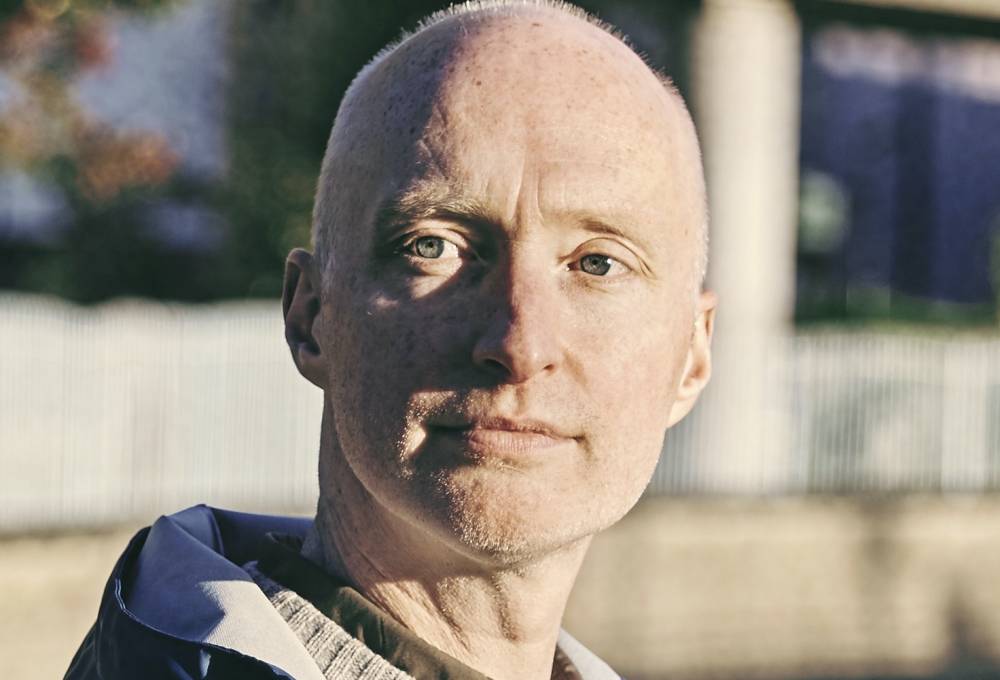Patrick Henry

Contact
- Email: p.henry@kingston.ac.uk
- Location: Kingston School of Art, Knights Park
- Faculty: Kingston School of Art
- School: School of Creative and Cultural Industries
- Department: Department of Critical and Historical Studies
Research project: The Material Production of Transformative Community Space
Abstract
My research is concerned with the micropolitics of physical, grassroots community spaces. Such spaces can play an important role in the formation and development of the identities and solidarities, capacities and practices, that underpin political action. Potentially, they can make a significant contribution to strategies for macropolitical social change.
My focus is on spaces that assert emancipatory values and have explicit political goals - spaces that run against the grain of dominant social relations in terms of both cultural forms and individual motivations. Within such spaces, my research focuses on the material production of subjectivities and cultures. It foregrounds physical structures, spaces and objects - material elements that are both formed by and formative of social arrangements. It pays close attention to the affective circuits through which social and material dimensions interrelate.
My study takes the form of an ethnographic case study of Marsh House, a community centre and 'social action hub' on the Marsh Farm estate in Luton, South East England. Run by and for the local community, Marsh House is also connected to a wide array of struggles and movements for wider social change. The driving force behind the space is a community collective with roots in the free rave sound systems and squatting scene of the 1990s. Marsh House houses an events space and cafe-bar, music studios, a community radio station, and various community enterprises and arts projects.
- Research degree: PhD
- Title of project: The Material Production of Transformative Community Space
- Research supervisor: Dr Christopher Horrocks
- Other research supervisor: Dr Christopher Horrocks
Biography
I am a researcher and curator based in Hertfordshire. I began my working life, in the early 1990s, as a freelance photographer. In the late 1990s I moved into curation, specialising in contemporary photography and moving image. After six years at the National Media Museum, Bradford, I was director of Open Eye Gallery, Liverpool, from 2004 to 2013. I was director of LOOK, Liverpool's photo-biennial (2013); artistic director of the Great Charter Festival (2015); curatorial consultant for DACS (2015-16); director of Deptford X art festival (2015 to 2018). From 2021 to 2022 I was a partnership researcher, based in the urban team, at Autonomy think tank.
Areas of research interest
- Community space
- Material cultures
- Subcultures
- Anti-capitalism and social change
- Ethnography; visual ethnography
- Critical urbanism
- Micropolitics
Qualifications
- BA in History of Art, University of Manchester
- MA in Cultural History, University of Manchester
- PGDip in Fine Art, Goldsmiths, University of London
Funding or awards received
- Techne/AHRC funding for PhD